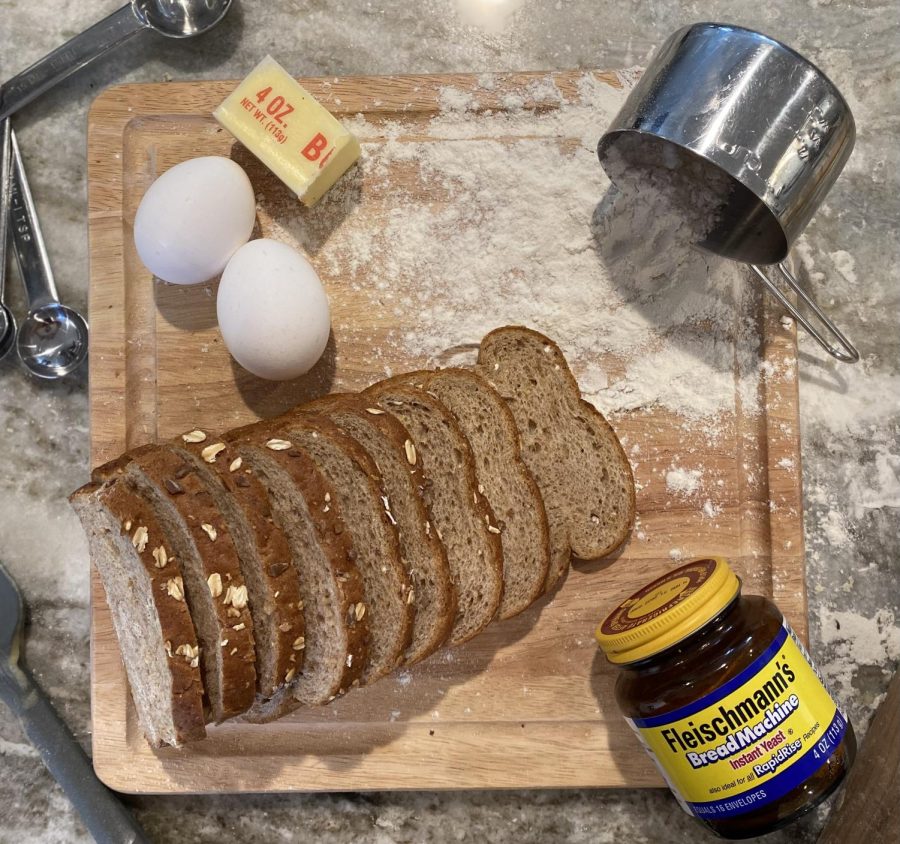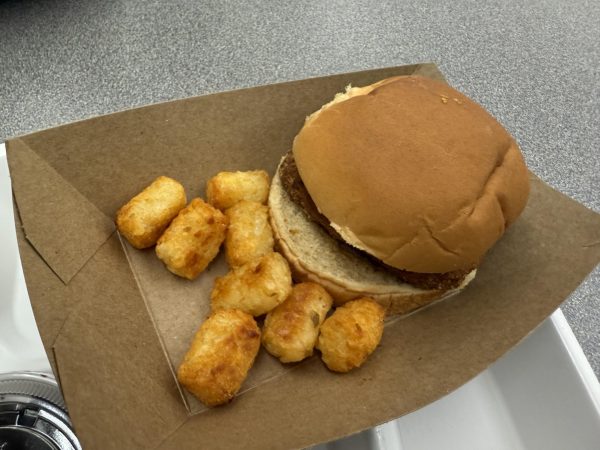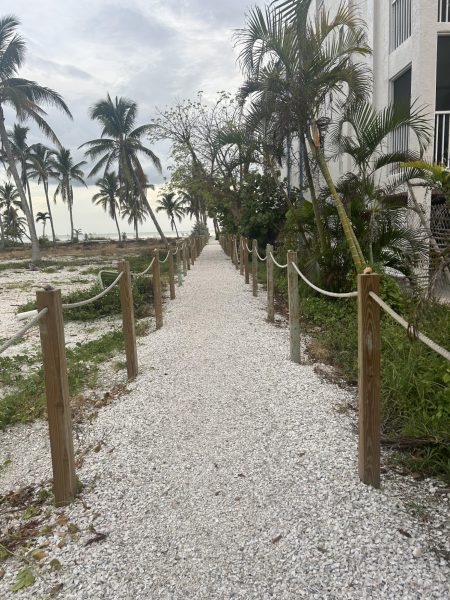The Science Behind Baking Bread
Bread. It’s a staple in most American households. Find it in the supermarket or bake it yourself. Either way, the science behind this carb-packed delicacy is all the same.
It may be a small and unassuming ingredient at first, but look a little closer and you’ll realize yeast is the star of the show. Yeast is a commonly used starting point for bread recipes.
Many people are thrown for a loop when told yeast is alive. It’s true though! Yeast is a single-celled microorganism belonging to the Saccharomycetaceae (Sac·cha·ro·my·ce·ta·ce·ae) family. It’s actually a fungus that can produce its own weight in glucose in just one hour.
The carbon dioxide yeast produces is the key element in causing a loaf to rise. Carbon dioxide gas becomes trapped in the dough, leaving the air pockets you see when you slice into a loaf. Yeast feeds off the sugars in flour allowing it to ferment and produce gas and an alcohol known as ethanol. Ethanol evaporates as the bread proofs and bakes, allowing the network of gluten to strengthen in the dough.
When using active dry yeast in a recipe blooming it is an important step. The way yeast is packaged for sale leaves it inactive. If yeast is stored in a cool, dry environment it does not need to eat. Blooming the yeast in warm milk or water with sugar added reactivates it. The liquid can’t be too hot though, or it will kill off the organism. 100°-110°F is the optimal temperature.
Gluten is the other important ingredient in a well-risen loaf. Without this stretchy protein, the gas created by yeast could not be trapped. Glutenin and gliadin are two proteins that form gluten when combined with water. These proteins are commonly derived from wheat products. In the case of bread making, that wheat product is flour.
Different flours have different gluten formation potentials. There are specific flours for bread making that contain more gluten than regular all-purpose flour. Not all bread recipes call for this flour though, so check them carefully.
The development of gluten starts with mixing. Mixing hydrates the flour, activating the glutenin and gliadin. When hydrating, the proteins immediately bond together to form gluten. Gliadin proteins allow the dough to stretch. Glutenin allows the dough strength to hold its shape. Together they create the ideal environment: Stretchy to allow for gas to expand, yet strong enough to maintain shape after being baked.
While mixing, proteases are also formed. Proteases are enzymes meant to cut gluten and knit it back together. This forms a complex web of gluten proteins throughout the dough, strengthening it considerably. Protease is found in small amounts in wheat-based flour.
It’s important not to overwork gluten. If mixed or kneaded for too long, the net of proteins will become too strong. This will result in a tough dough that tears rather than stretches. If a dough is too tough it will not rise. You’ll be left with a brick instead of bread.
The final and arguably most important step in bread-making is the proofing process. Proofing is simply leaving the dough to rise in a warm place, often covered with a damp cloth. Many ovens have a proofing setting. Check yours!
Proofing is the reason many recipes take hours to days to complete. Some breads need only one rise while others may need two or more. Bulk fermentation is the first rise a dough goes through before shaping. Shaping is simply folding or braiding the dough into the shape you want. The final proof happens immediately before baking.
If yeast dough isn’t allowed to proof, the yeast won’t produce carbon dioxide. The most important part of proofing is timing. Dough should neither be over nor under-proofed. If under-proofed, the dough will not have adequate amounts of gas to rise. If over-proofed, the gluten strands will collapse, letting all gas escape and again leaving the dough with no gas to rise.
Understanding the role gluten and yeast play in bread making is just scratching the surface. There are many other factors that contribute to a great loaf: Eggs, butter, salt, and a plethora of other ingredients. It’s important to note, not all breads use yeast. Breads that don’t contain yeast are referred to as unleavened.
It’s encouraged you go out, find a recipe, and see if you can put this newfound knowledge to good use. Some breads of various difficulty. Happy baking!
Recipes:
Artisan Bread (easy)- https://sallysbakingaddiction.com/homemade-artisan-bread/
Dinner Rolls (easy)- https://www.allrecipes.com/recipe/8296140/butterhorn-dinner-rolls/
Pizza Crust (easy)- https://www.allrecipes.com/recipe/20171/quick-and-easy-pizza-crust/
Cinnamon Rolls (moderate)- https://www.ambitiouskitchen.com/best-cinnamon-rolls/
Naan (moderate)- https://www.recipetineats.com/naan-recipe/#wprm-recipe-container-58510
Focaccia (moderate)- https://www.inspiredtaste.net/19313/easy-focaccia-bread-recipe-with-herbs/
Croissants (hard)- https://sallysbakingaddiction.com/homemade-croissants/
Brioche (hard)- https://www.recipetineats.com/brioche/







